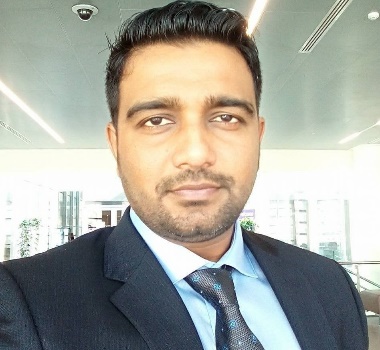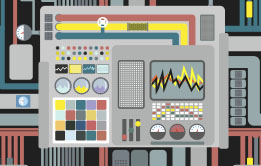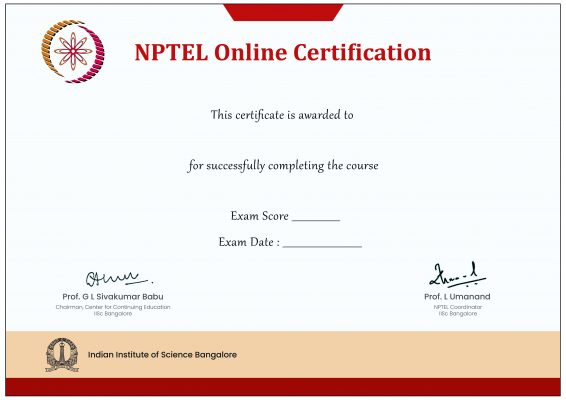Description
ABOUT THE COURSE:
This course is designed with an aim of educating students in microtechnology and its use to fabricate sensors and systems. The students will have an exposure to sensors and its importance in the real world. The students will also able to understand how to fabricate some of those sensors. Students will have an exposure towards how to fabricate the sensors and its application in real world. The students will provide an understanding on modern day microsensors and micro actuators. The students will have an idea about how to simulate some of those sensors and characterise before fabricating it. Below are some of the course objectives. The first objective of this course is to understand basics of sensors, actuators and their operating principle. The second objective is to educate the students on different types of microfabrication techniques for designing and developing sensors (Several applications from Electronics to Biomedical will be covered). The third objective is to explain working of various types of electrochemical sensors and actuators. Fourth objective is to provide information about interfacing of sensors and signal conditioning circuits to establish any control system or monitoring system. Fifth objective is to provide knowledge about simulation and characterization of different sensors. The final objective is to provide an understanding on characteristic parameters to evaluate sensor performance.
INTENDED AUDIENCE: Engineering Students, Faculty from Engineering Colleges
PREREQUISITES: Basic Electronics

Dr. Hardik J. Pandya is an assistant professor in the Department of Electronic Systems Engineering, Division of Electrical Sciences, IISc Bangalore where he is developing Advanced Microsystems and Biomedical Devices Facility for Clinical Research and Biomedical and Electronic (10-6-10-9) Engineering Systems Laboratory to carry out cutting-edge research on novel devices to solve unmet problems in biology and medicine. He is recipient of prestigious Early Career Research Award from Science and Engineering Research Board, Government of India as well as a start-up grant of 228 Lacs from IISc. He has taught Design for Analog Circuits, Analog Integrated Circuits, VLSI technology, and Semiconductor Devices to undergraduate and graduate students from Electronic Engineering, Instrumentation Engineering, and Applied Physics. He seek to understand and exploit novel ways of fabricating microengineering devices using glass, silicon, polymers and integrate with unusual classes of micro/nanomaterials. His research interests include integrating biology/medicine with micro- and nanotechnology to develop innovative tools to solve unmet clinical problems. His current research focuses on flexible sensors for smart catheters, microsensors, microfluidic devices, and microelectromechanical systems, all lately with an emphasis on cancer diagnosis, therapeutics, e-nose, and biomedical device technologies. Before joining IISc, he worked as a postdoctoral scientist in the Department of Mechanical Engineering, Maryland Robotics Center, University of Maryland, College Park and in the Department of Medicine, Brigham and Women’s Hospital–Harvard Medical School affiliated with Harvard-MIT Health Science and Technology. His work has resulted in several patents and publications. His work has been highlighted as “Breaking Research News” by The Physicians Committee for Responsible Medicine and has been featured on IEEE Transactions on Biomedical Engineering July 2016 issue cover image as well as IEEE TBME July 2016 feature article for the website and monthly highlights. The work on portable cancer diagnosis tool was also featured on Science Translational Medicine as an Editorial Choice, Breast Cancer Diagnosis, March 2016 and has been highlighted on CapeRay blog as “Biochips and Diagnostic tools” in April 2016. His work has been published in high-quality journals including Lab on a Chip, IEEE Transactions on Biomedical Engineering, IEEE Journal of Microelectromechanical Systems, Sensors and Actuators B, Biosensors and Bioelectronics, Nanoscience and Nanotechnology Letters, Sensors and Transducers, and Journal of Micromechanics and Micromachining.



Reviews
There are no reviews yet.